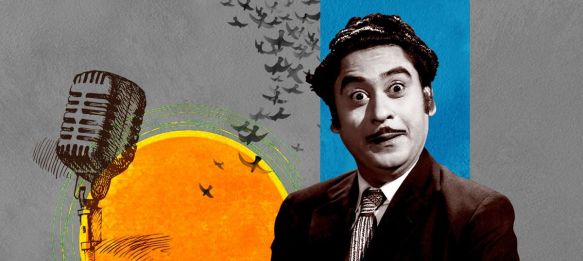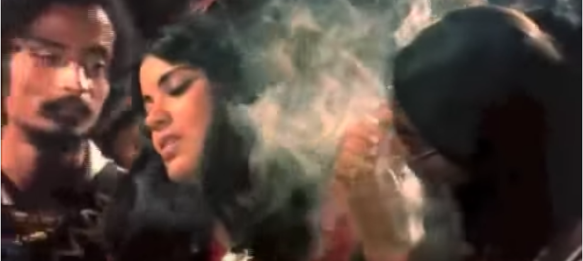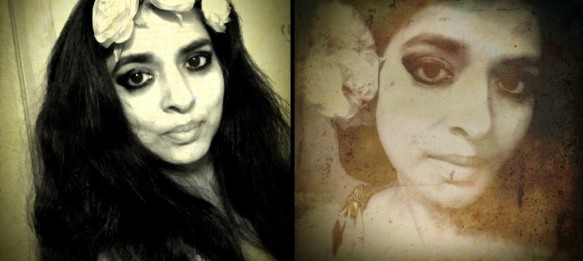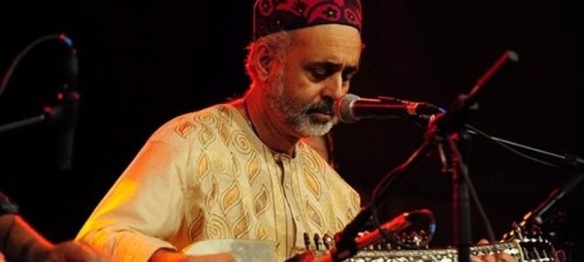
All good things must come to an end.
This trite truism pertains to everything from a honeymoon to an ice cream cone. The good times eventually do stop rolling.
And such a day has come for Sunday Sounds. Or at least, for my part as your weekly curator, host, evangelist, pracharak, deewana, companion and guide through the sensational music of South Asia and the desi diaspora.
Since the early days of this digital daily I have been granted a free licence to indulge my love of music while hiding behind the mask of a columnist. Such an opportunity is a rare and great gift and one for which I will always be indebted to the editors of Scroll.in.
For two-and-a-half years I have tried to excite readers with the fantastic musical heritage of this region while also promoting the work of musicians of South Asian origin around the world.
Though I have but scratched the surface of this rich endowment, the time has come for me to hand over the excavation to others.
To all the readers of this column I say thank you for coming along for the ride. It has been a privilege to share the fun and grooves with you each week. I will miss being part of your weekend but alas, other projects (some much-delayed) await my attention.
For my last column, I have selected some old favourites from across theSunday Sounds world. I hope you enjoy listening to them as much as I have had putting them in front of you. [Full article]




